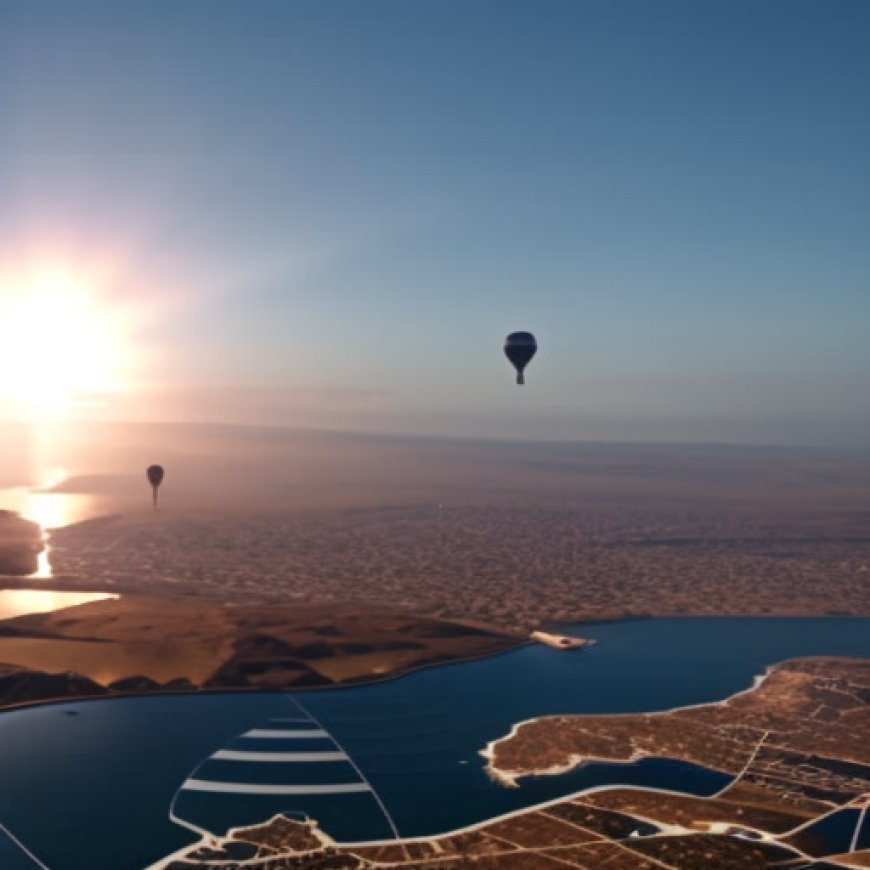COP28: Climate adaptation in the Middle East and North Africa
COP28: Climate adaptation in the Middle East and North Africa Landscape News


Sustainable Development Goals and Water Scarcity in the Middle East and North Africa
Turn on the tap, and water flows out: it’s something most of us take for granted. But for many people, particularly in the Middle East and North Africa (MENA), precious H2O is growing scarce as the climate crisis deepens.
Water Stress in MENA
In fact, a report by the World Resources Institute (WRI) estimates that MENA is home to 13 of the 15 most water-stressed countries in the world, with 83 percent of the region’s population experiencing extreme water stress.
“For the Middle East and North Africa, this means 100% of the population will live with extremely high water stress by 2050,” the authors say. “That’s a problem not just for consumers and water-reliant industries, but for political stability.”
Increasing Demand and Climate Risks
The region’s demand for water has more than doubled since 1960 – and as the thermometer rises, the situation is growing direr.
According to the U.K. Met Office’s latest climate risk report for the region, higher temperatures and more variable rainfall will lead to an even greater risk of harvest failures by the 2050s. Some areas will become increasingly exposed to extreme heat, with temperatures pushing the limits of human tolerance.
This temperature increase will lead to more frequent drought, which will in turn cause higher prices and greater dependence on food imports – not to mention threatening economic output. What’s more, rural communities will bear the brunt of the burden.
Ancestral Wisdom and Adaptation
Haddad points to the wisdom of local communities, which she says must be at the core of any solution. “These communities have traditional knowledge that can contribute to fire and land management,” she says.
But, she adds, farmers will also need to adapt to the effects of the climate crisis. They will need to learn how to implement best practices from agroforestry, which combines agricultural and forestry technologies to create more sustainable land use systems.
“We need to support local farmers with techniques to improve livestock grazing, agricultural management, planting trees in dry areas and using agroforestry techniques to restore forests,” says Haddad. “We really need to build their capacity.”
Natural Climate Solutions
Nature can play a major part in helping communities cope with the climate crisis, even as human activity is stripping it bare.
Ecosystem-based adaptation (EbA) covers a comprehensive set of approaches to adapt to the climate crisis through restoration, conservation and ecosystem management. It includes techniques like mixed farming methods to maintain soil fertility and conserve water, which can be cost-effective and build the resilience of water resources.
These approaches can especially benefit herders in the region, who practice pastoralism to graze domestic livestock. These herders have been seriously impacted by the recent lack of rainfall, even though they tend to use drier land unsuitable for most agriculture – such as the 303 million hectares of total rangelands across the MENA region.
Investing in Sustainable Water Management
At the other end of the spectrum, more international cooperation is needed to overhaul poor water use policies and invest in sustainable water management techniques.
“We need to define and invest in good value chains, and for that, you need inclusive investment at different levels that will produce better climate adaptation,” says Haddad. “We also need effective policies, especially where there isn’t synergy.”
To offset the impact of the region’s large oil and gas industries, Haddad suggests initiatives such as tree planting and water recycling.
“On a positive note, we are beginning to see these changes in some countries like Iraq and Jordan, which are planting millions of trees,” she adds.
Conclusion
The WRI report shows that it would cost just 1 percent of global GDP to solve global water challenges. But, as it also acknowledges, “the world needs the political will and financial backing to make these cost-effective solutions a reality.”
In other words, humanity must drastically improve water management if we are to effectively adapt to the climate crisis and prevent water stress from becoming even more widespread.
“We have the roadmap,” concludes Haddad. “We need to move forward – highlight successful initiatives, expand pastoralism and agroforestry and use innovative tools.”

Join us, as fellow seekers of change, on a transformative journey at https://sdgtalks.ai/welcome, where you can become a member and actively contribute to shaping a brighter future.







